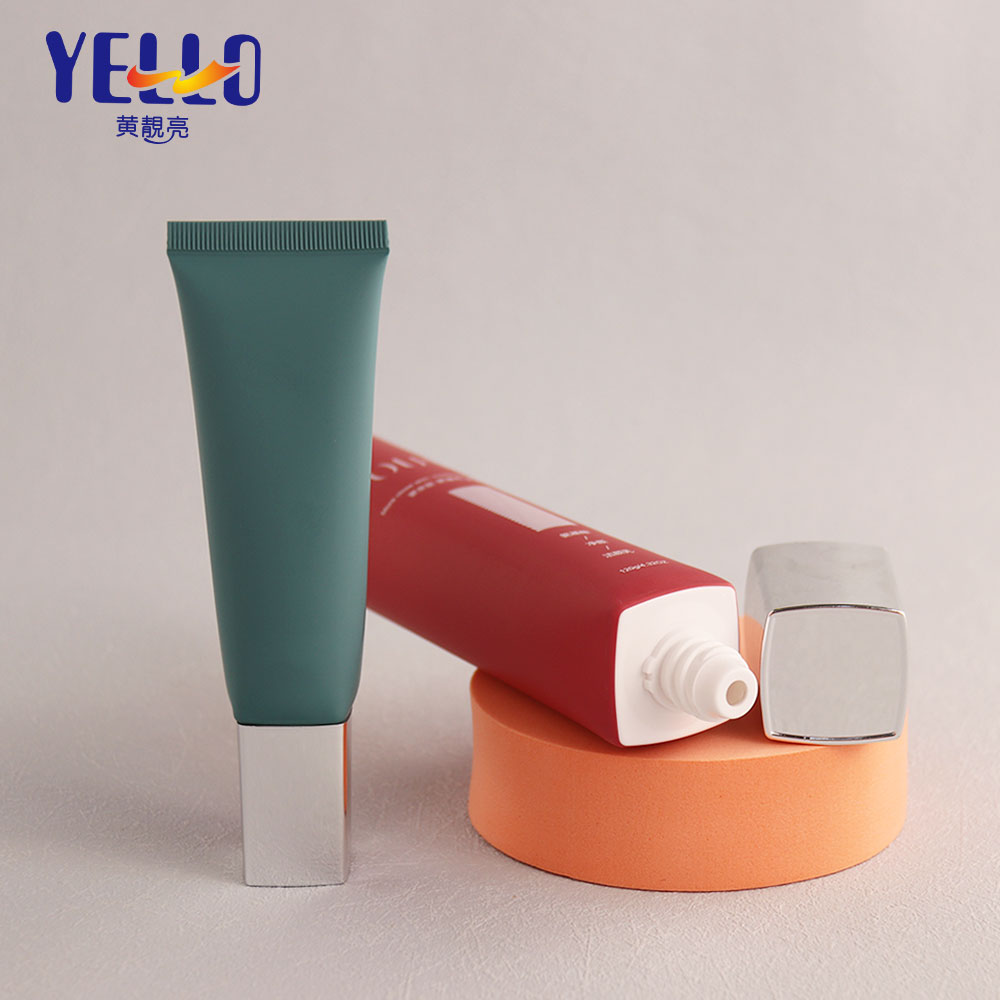

 COSMOPACK ASIA 2025 Hong Kong – A Resounding Success & Fruitful Connections!
COSMOPACK ASIA 2025 Hong Kong – A Resounding Success & Fruitful Connections!
 Join Us at COSMOPACK ASIA 2025 in Hong Kong – Let’s Connect in Person!
Join Us at COSMOPACK ASIA 2025 in Hong Kong – Let’s Connect in Person!
 YELLO Packaging to Attend INTERCHARM Moscow 2025: Russia's Leading Beauty Show
YELLO Packaging to Attend INTERCHARM Moscow 2025: Russia's Leading Beauty Show
 Milestone Win: Our Team Secures Major Cosmetic Packaging Order from Kuwaiti Client, Powered by Trust & Collaboration
Milestone Win: Our Team Secures Major Cosmetic Packaging Order from Kuwaiti Client, Powered by Trust & Collaboration